I recently visited Medinaceli, a small Spanish town in the Soria Province, and it was an experience filled with quiet moments and simple surprises. Walking through the small streets, I could sense the peaceful rhythm of a town that lives at its own pace.
Since I live in Madrid, getting to Medinaceli was a breeze. I hopped on a train and enjoyed a smooth ride through picturesque landscapes. The journey was relaxing, and when I arrived, I felt refreshed and ready to explore this serene place without the rush of a big city.
Medinaceli is a small town located in the south of the province of Soria, in Castilla y León. Situated on an imposing hill 1,200 meters above sea level, at the confluence of the Jalón and Arbujuelo rivers, Medinaceli was the site of settlement of the Celtiberian city known as Occilis or Okilis. This is a travel guide to Medinaceli based on our recent visit to this gorgeous Spanish town.
With the Roman rule of the Iberian Peninsula, Medinaceli became a border point between the Clunian and Caesaraugustian administrative districts of the province of Hispania Tarraconensis. After the fall of the Empire, its strategic location, overlooking the wide surrounding valleys, made Medinaceli a site coveted by both Christians and Muslims, and it changed hands on numerous occasions between the Taifas of Zaragoza and Toledo.
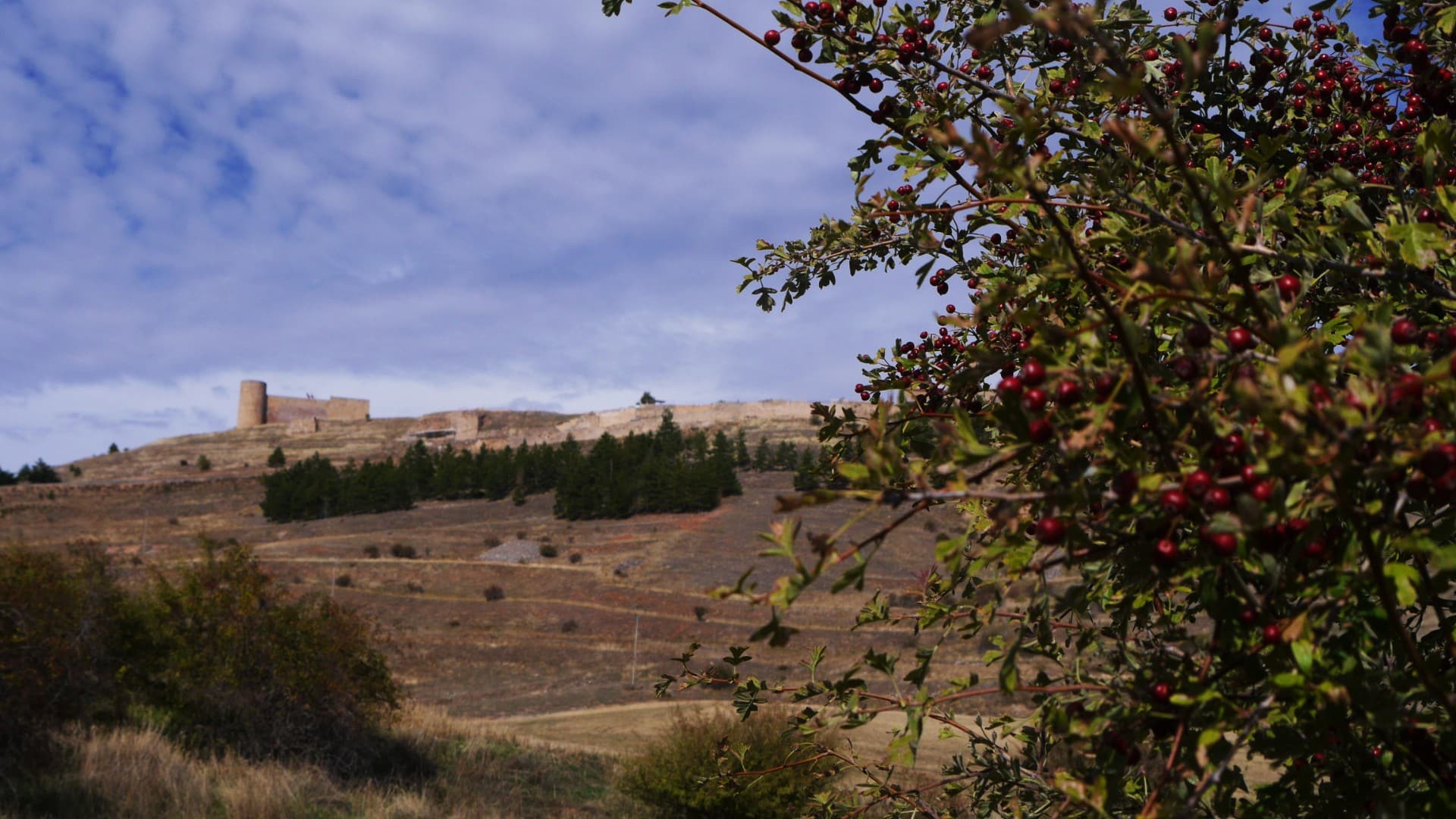
Alfonso I El Batallador definitively conquered Medinaceli in the 12th century, and Christians, Muslims and Jews lived there in relative harmony until the expulsion of Moors and Jews ordered in 1492 by the Catholic Monarchs.
Today, Medinaceli, with a fixed population that does not reach 1,000 inhabitants, is a peaceful village, with a marked medieval character, with a small tangle of narrow streets and stone buildings that recall a past as agitated as the wind that whips the hill on which it is located.
Its mix of Roman ruins, cobblestone streets, and excellent places to stay and eat makes it a perfect base from which to explore this beautiful corner of Castilla y León.
Things to See in Medinaceli
This Castilian city offers several monumental attractions that allow you to appreciate its tumultuous and rich history. The best part is that it is a compact and easily walkable town, so getting around the attractions in Medinaceli is simple.
1. Roman Arch
The Roman Arch is the most important tourist attraction of Medinaceli.
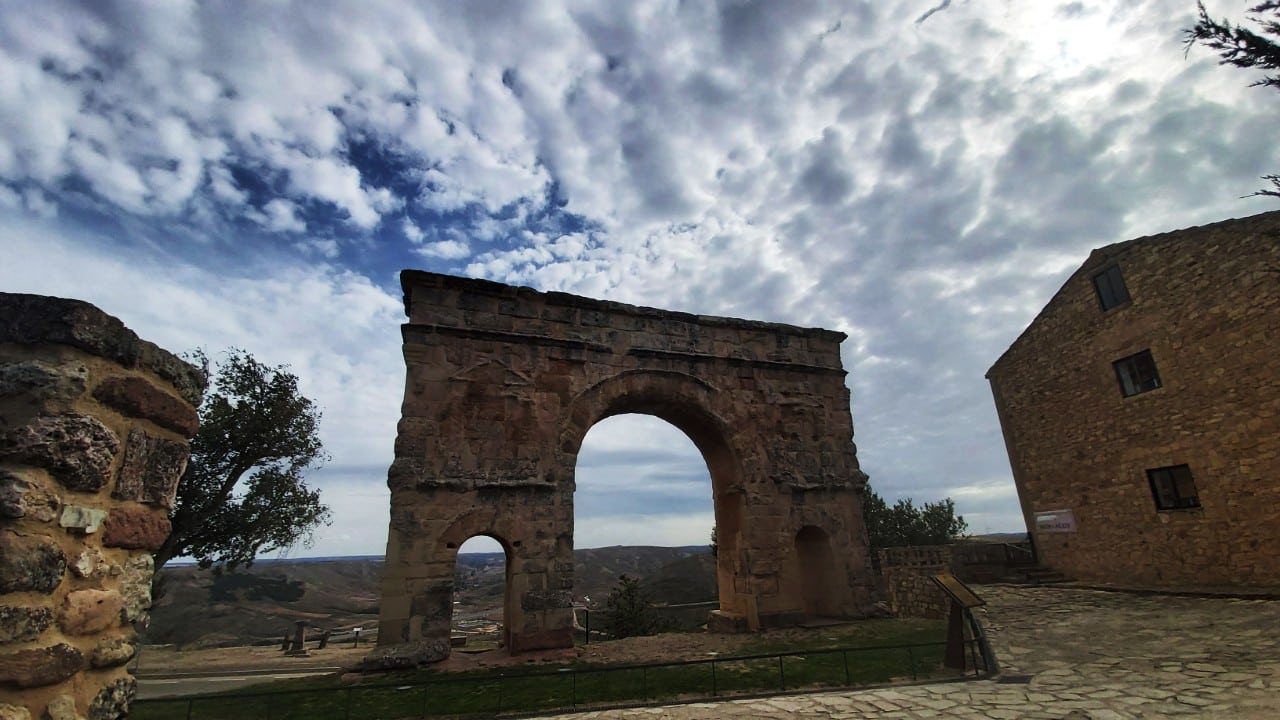
This monumental arch is the only three-sided Roman triumphal arch still standing in the Iberian Peninsula. This fascinating work of Roman civil architecture dating from the 1st century C.E. follows the same architectural style as the Arch of Trajan and is decorated austerely.
Although the extreme weather conditions produced by Medinaceli’s geographic location have caused considerable wear and tear on the structure, the great Roman arch is still quite impressive.
It was built with the opus quadratum technique (in which square stone blocks of the same height were placed in parallel rows, almost always without using mortar), and most of its decorative elements were carved directly into the blocks. The complete set has a height of 8 meters.
The Roman arch of Medinaceli marked the official site that separated the Clunian and Caesaraugustian administrative districts and was located in this place to be visible from the main Roman road that connected Emerita Augusta (present-day Merida) with Tarraco (present-day Tarragona).
In addition to its commemorative and frontier significance, it was the gateway to the city through which carriages and animals passed.
2. Plaza Mayor
The main square of Medinaceli is, as its name indicates, the neuralgic center of the town.
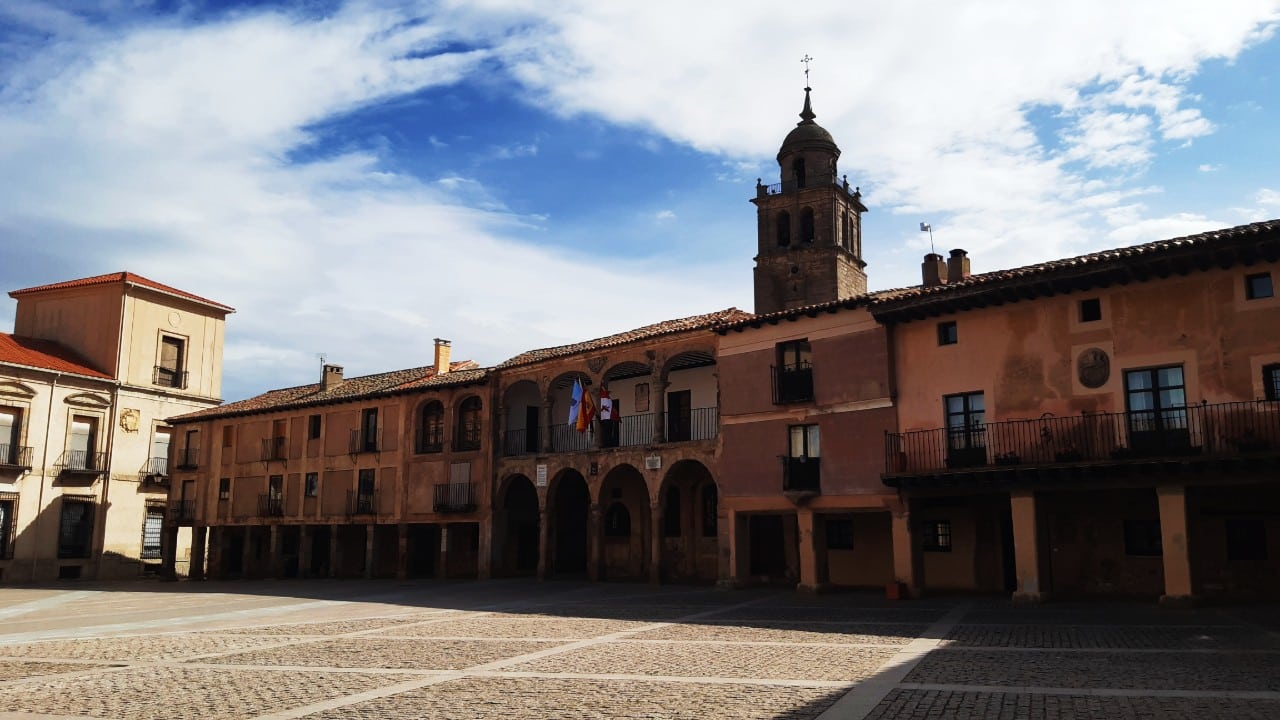
Shaped like an irregular hexagon, this square concentrates the most important cultural institutions of Medinaceli, such as the Ducal Palace or the Archaeological Hall.
Under its beautiful arcades, there are also craft stores and restaurants. Under its cobblestones have been found numerous archaeological remains from Roman times, among which is a mosaic of the fourth century with the goddess Ceres as the central theme.
3. Ducal Palace of Medinaceli
This monumental building occupies an entire side of Plaza Mayor.
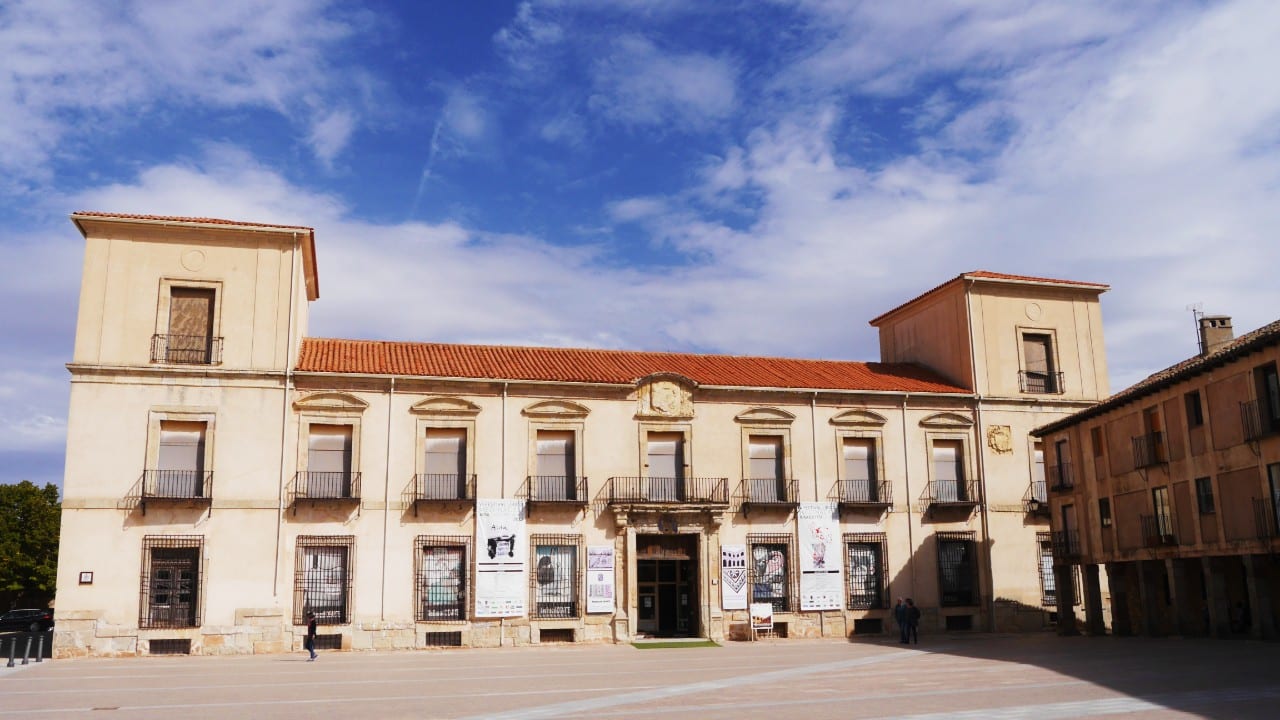
It is a work of the seventeenth century whose main function was to serve as the residence of the Dukes of Medinaceli. This symmetrical Renaissance palace is centered around a two-story courtyard.
The building fell into disuse during the 19th century, and it was not until the 1990s that it was restored for cultural use.
A museum dedicated to cultural exhibitions was inaugurated in December 2008, with ten rooms occupying almost the entire first floor of the old palace. Inside, you can see numerous Roman mosaics found in the city, such as the one in the Plaza Mayor, from the 4th century, with the Goddess Ceres as the central theme and geometric themes and animals facing each other, or the one found in San Gil street, from the 2nd century, with smaller tesserae and geometric motifs and fantastic animals.
4. Aula Arqueológica
The Aula Arqueológica, also located in the Plaza Mayor, presents an exhibition with full-scale reconstructions and models of public and private environments characteristic of the prehistoric and historical past of Medinaceli and its region.
The stairs leading to the classroom recreate a time tunnel in which the most significant aspects of the Paleolithic and Neolithic groups that lived in the Ambrona Valley are shown. It ends with the settlements of the Bronze Age and the II Iron Age of the Jalón Valley.
5. Convent of Santa Isabel
This building, which dates back to the 16th century, specifically to 1528, is the only one of the four convents of Medinaceli that still functions today as such.
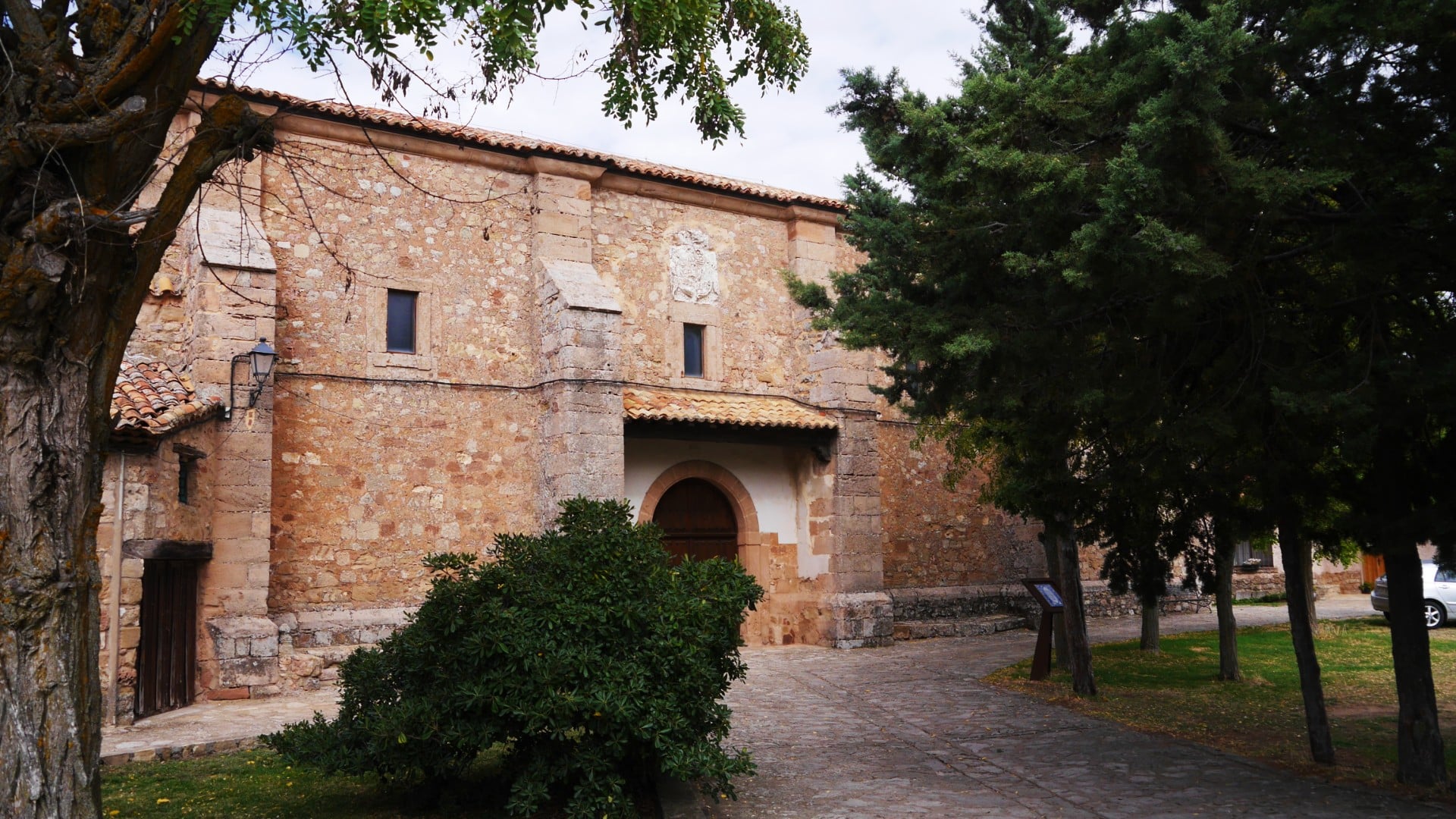
The structure is articulated around a central courtyard and is next to the church of San Martín, a temple of Romanesque origin, restored in the 18th century. The building has windows with moldings and a beautiful segmental arch framed with the Franciscan cordon.
However, perhaps the most important attraction of the convent of Santa Isabel is its sweets, made by the nuns themselves.
6. Castle of Medinaceli
Probably, after the Roman arch, the castle of Medinaceli is the most prominent building of the Castilian town.
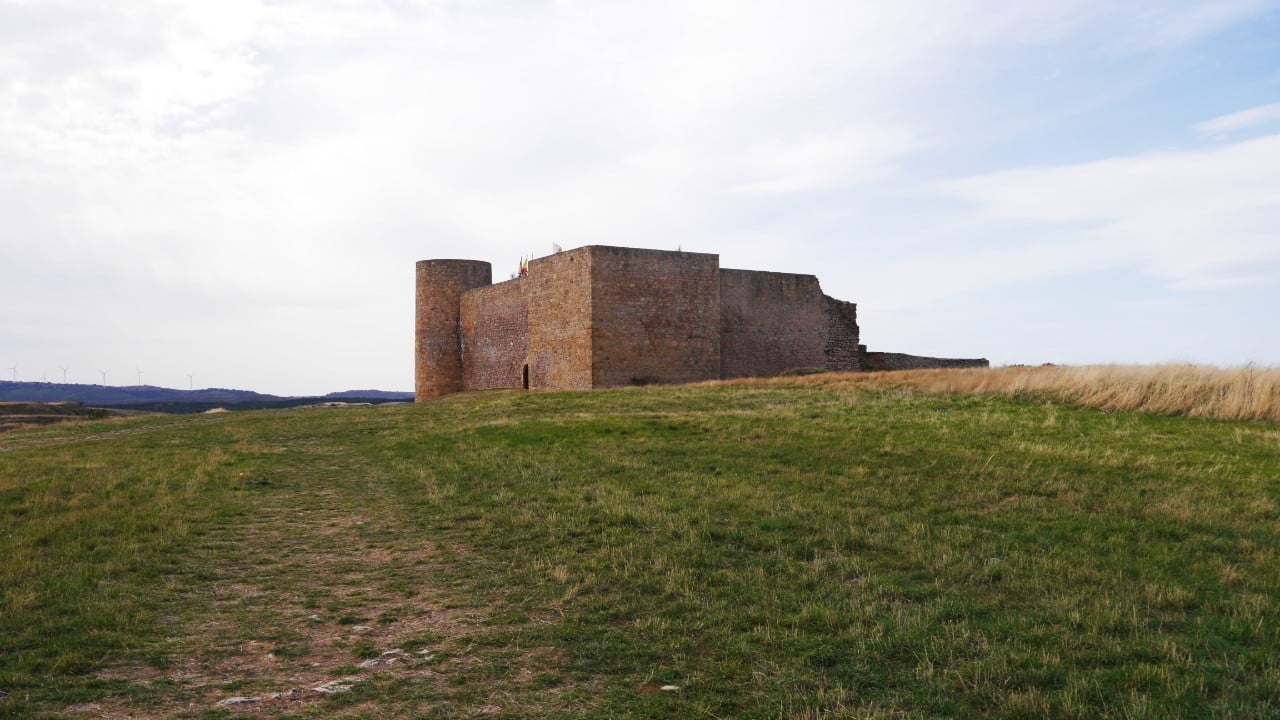
Built in the 14th century over an old Islamic citadel (of which only the stables remain), it has a square floor plan with circular towers on three corners and a rectangular keep on the east corner, now demolished.
7. Arab Gate
The Arab Gate is the ancient access point to the walled enclosure of Medinaceli from the north.
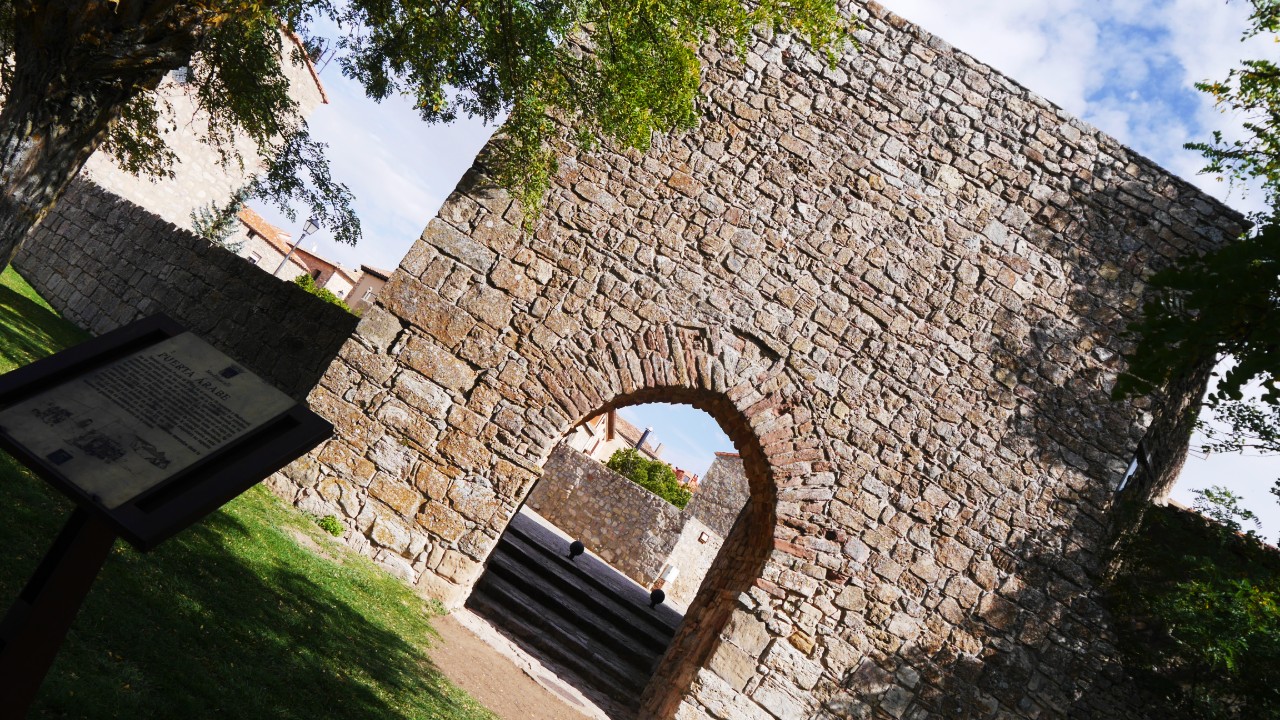
It is a sober ogival arched gate in the city walls. In front of it is a small garden with a bench, ideal for resting after a stroll through the town.
8. Ermita del Humilladero
The Ermita del Humilladero is located in front of the castle, at the western end of Medinaceli.
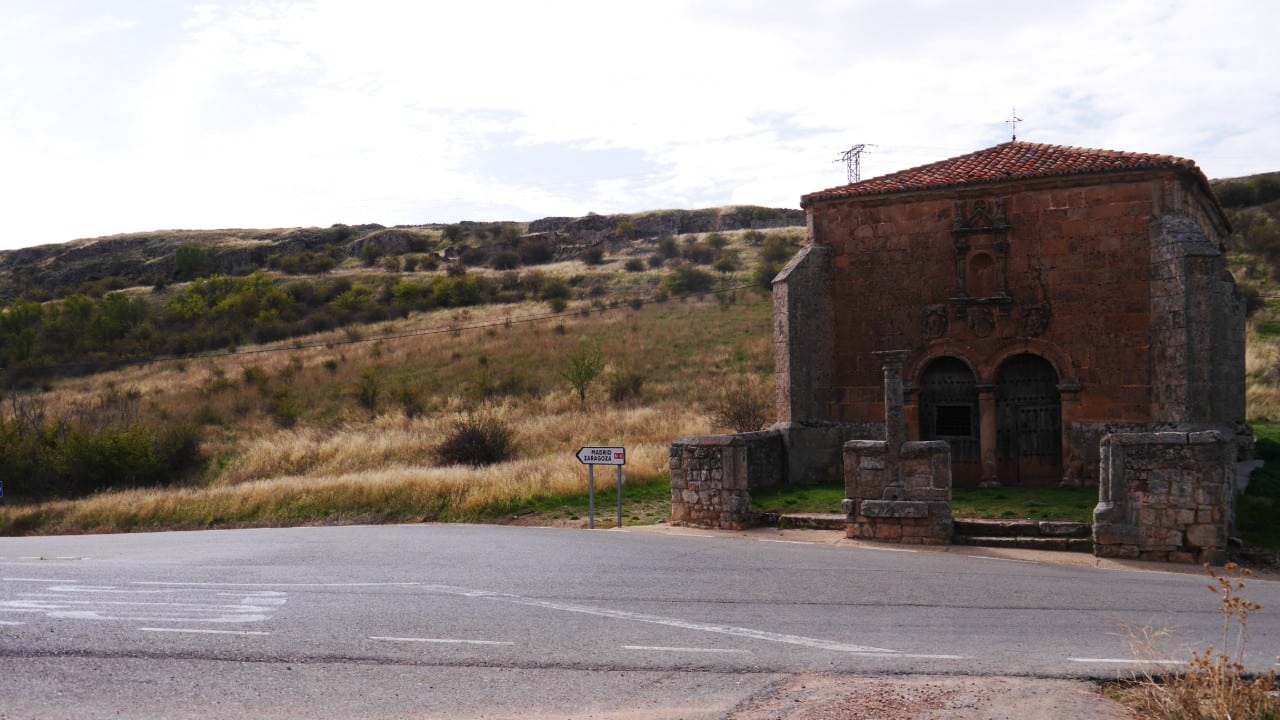
This small chapel is the first building to be seen in the historic city if you access it on foot from the train station or by following the Camino del Cid.
It is a small building of the sixteenth century, whose purpose was to facilitate the religious practice of passers-by who did not enter the city. Its exterior has typical Renaissance decoration, although its interior is in ruins.
9. Beaterio de San Roman or Ancient Synagogue
The Beaterio de San Román is a construction of medieval origin, although the history or the reasons that led to its construction are still not clear, as there are no official records of it.
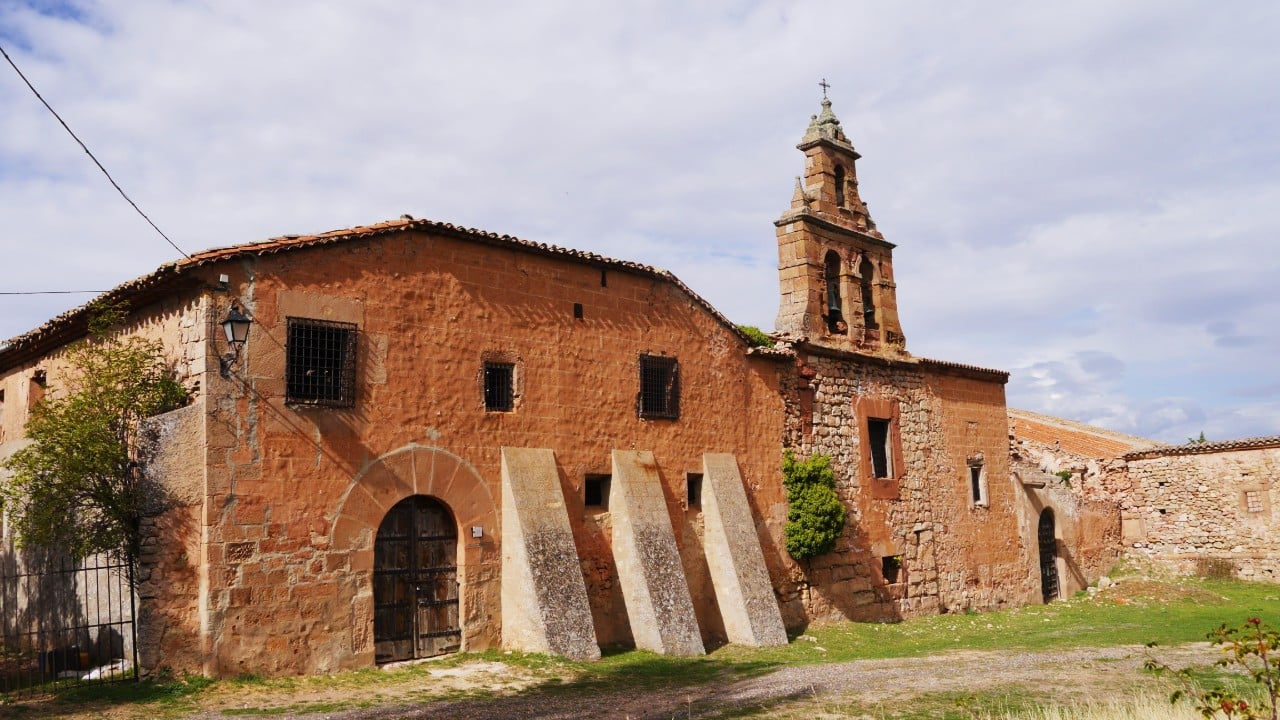
This building is located in the old Medinaceli Jewish Town, very close to Calle de la Sinagoga, so it is believed that this was the site of the main Jewish temple of the city. This theory gains strength when analyzing the structure’s layout and lack of a chancel.
With the expulsion of the Jews from Spain in the 15th century, it became a Christian temple, which served as a parish church until 1538.
It later became a beguinage (community of religious women without specific doctrinal affiliation) and was finally occupied by a community of nuns of St. Jerome, who lived there until the outbreak of the Civil War in 1939, when they moved to Andalusia. Since then, the building has been abandoned.
10. Santo Corazón de Jesús Viewpoint
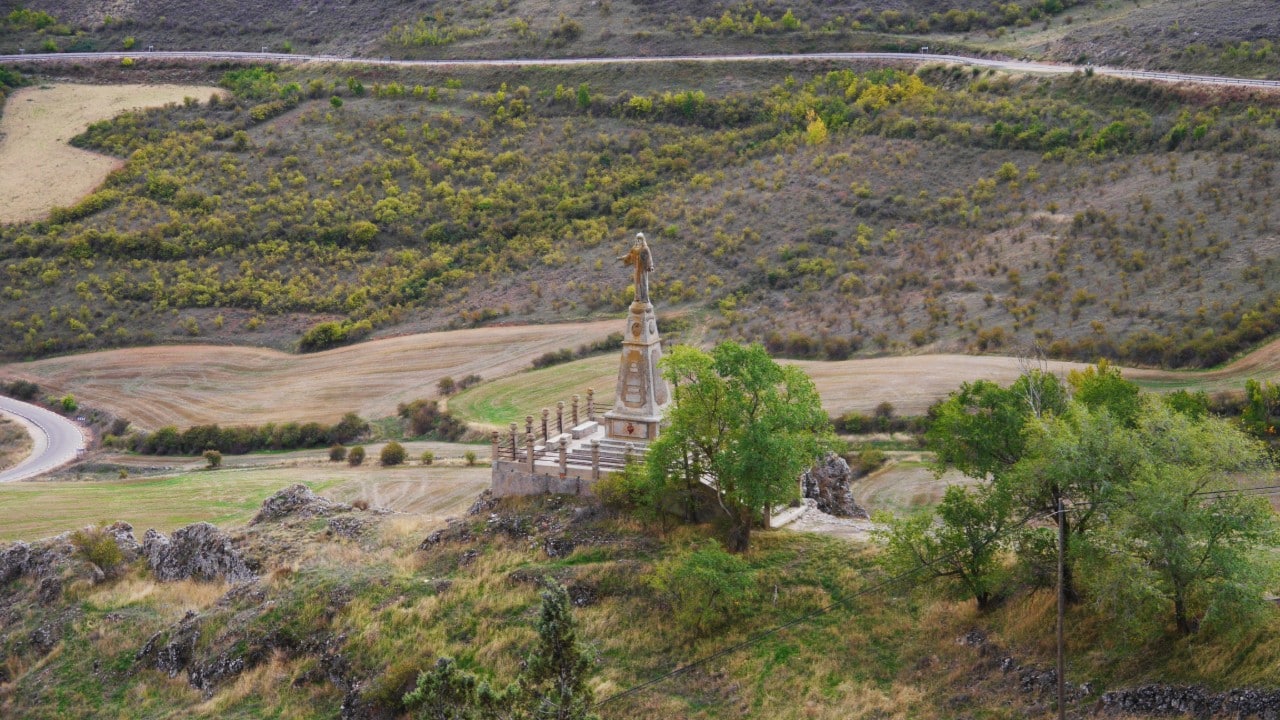
This monumental statue of Christ is located on a hill at a lower elevation in the city and offers views over the valley below and the train station area.
Nature and Hiking in Medinaceli
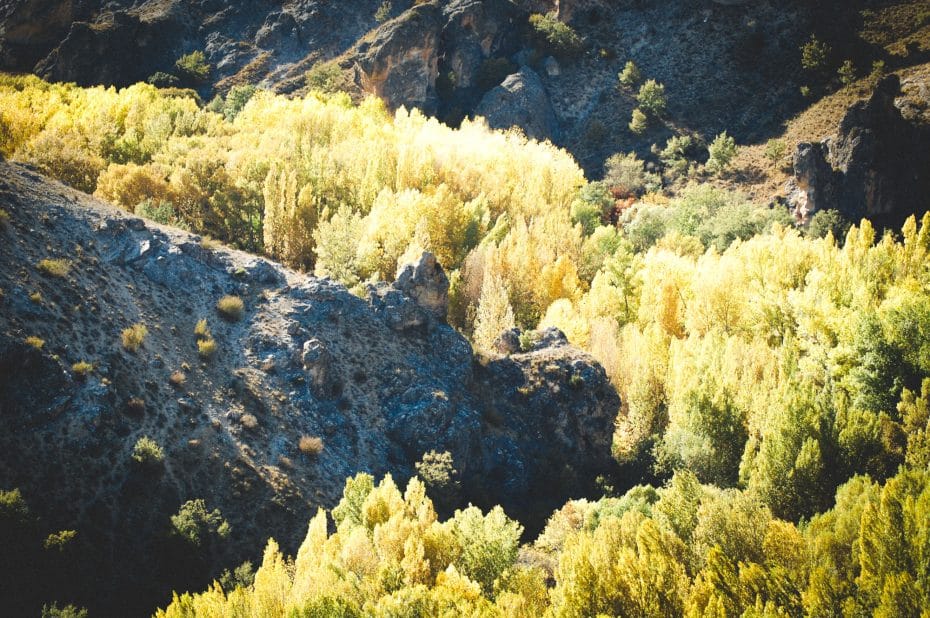
A beautiful natural and cultural environment surrounds Medinaceli and is close to places such as Río Dulce or the beautiful town of Sigüenza, which can be reached by bicycle or, for the more athletic, even on foot.
However, perhaps the most important hiking route that runs through this municipality of Soria is the Camino del Cid.
Camino del Cid
The Camino del Cid is a cultural and tourist route that crosses Spain from the northwest to the southeast, from Castile to the Mediterranean coast.
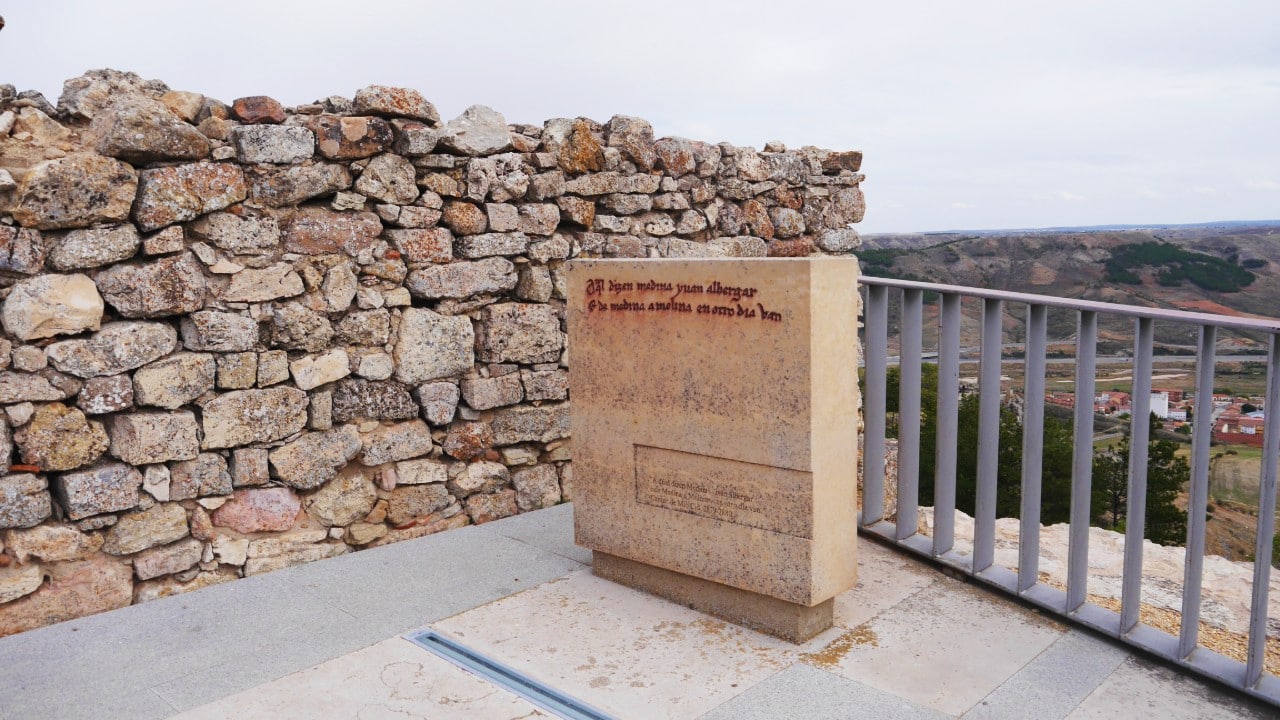
It follows the story and legend of Rodrigo Díaz de Vivar, El Cid Campeador, a famous medieval knight of the 11th century, along with Don Quixote and Don Juan, one of Spain’s most important characters. Unlike the latter two, El Cid is not only a literary character but also a historical figure.
How to Get to Medinaceli
By train
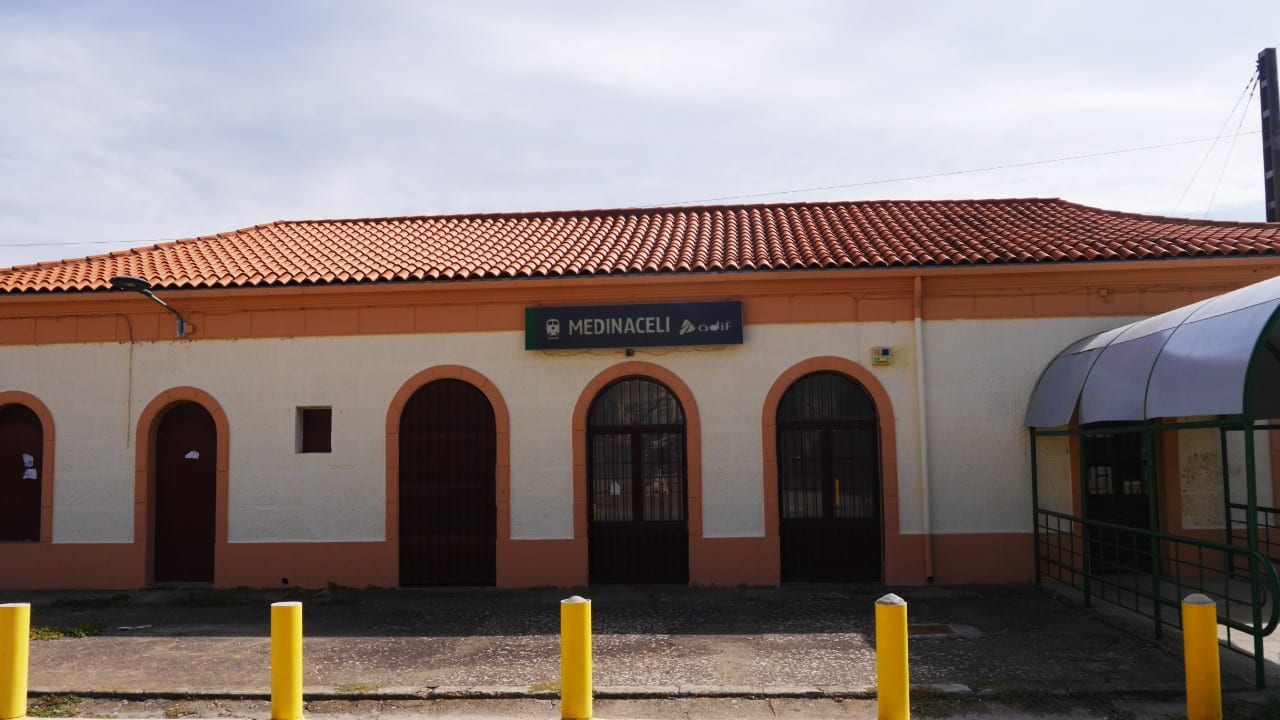
Medinaceli is well connected by train with the cities of the Madrid – Zaragoza corridor, making it an excellent day trip option from Madrid.
Medinaceli is approximately halfway on the Madrid – Zaragoza route by MD (Media Distancia) trains. The convoys depart from Madrid Chamartín station and make the journey in approximately two hours. There are between 2 and 7 daily connections, depending on the day of the week.
Please note that if you arrive in Medinaceli by train, the station is located in the lower part of the city, so to access the monumental area you will have to walk about 3 kilometers uphill.
By bus
There are bus connections with Madrid and Soria offered by ALSA.
Please note that if you arrive in Medinaceli by bus, the bus stop is in the lower part of the city, so to access the monumental complex, you will have to walk about 3 kilometers uphill.
By car
Medinaceli is located at the confluence of the A-2 highway (connecting Madrid and Barcelona via Zaragoza) and the A-15 (connecting Medinaceli with Soria in northern Spain).
The national road NII and the SO-132, which connect with the surrounding towns, also pass through Medinaceli.
Where to stay in Medinaceli
Medinaceli has excellent accommodation options, including hostels, guesthouses, hotels, and rural houses. Here is a selection of the most outstanding ones:




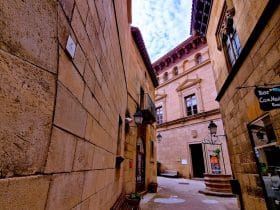
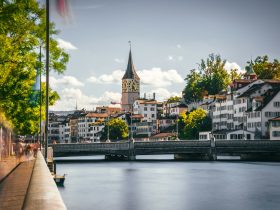
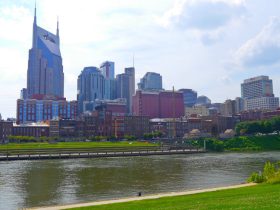

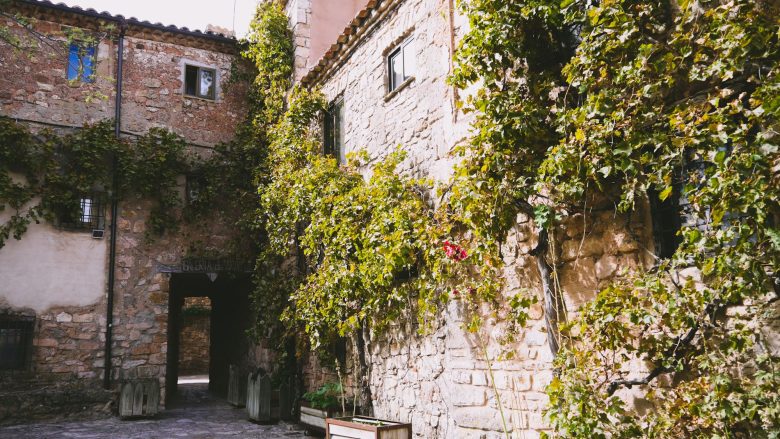
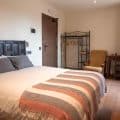
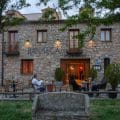
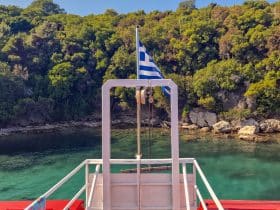
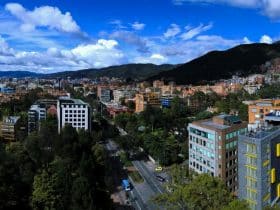










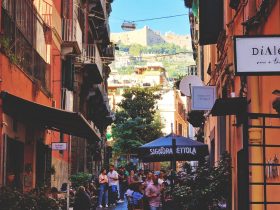
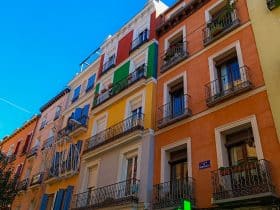
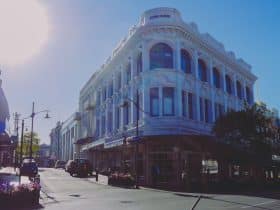
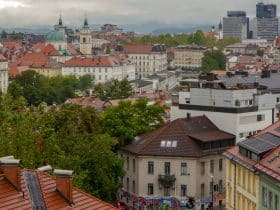
Leave a Reply
View Comments